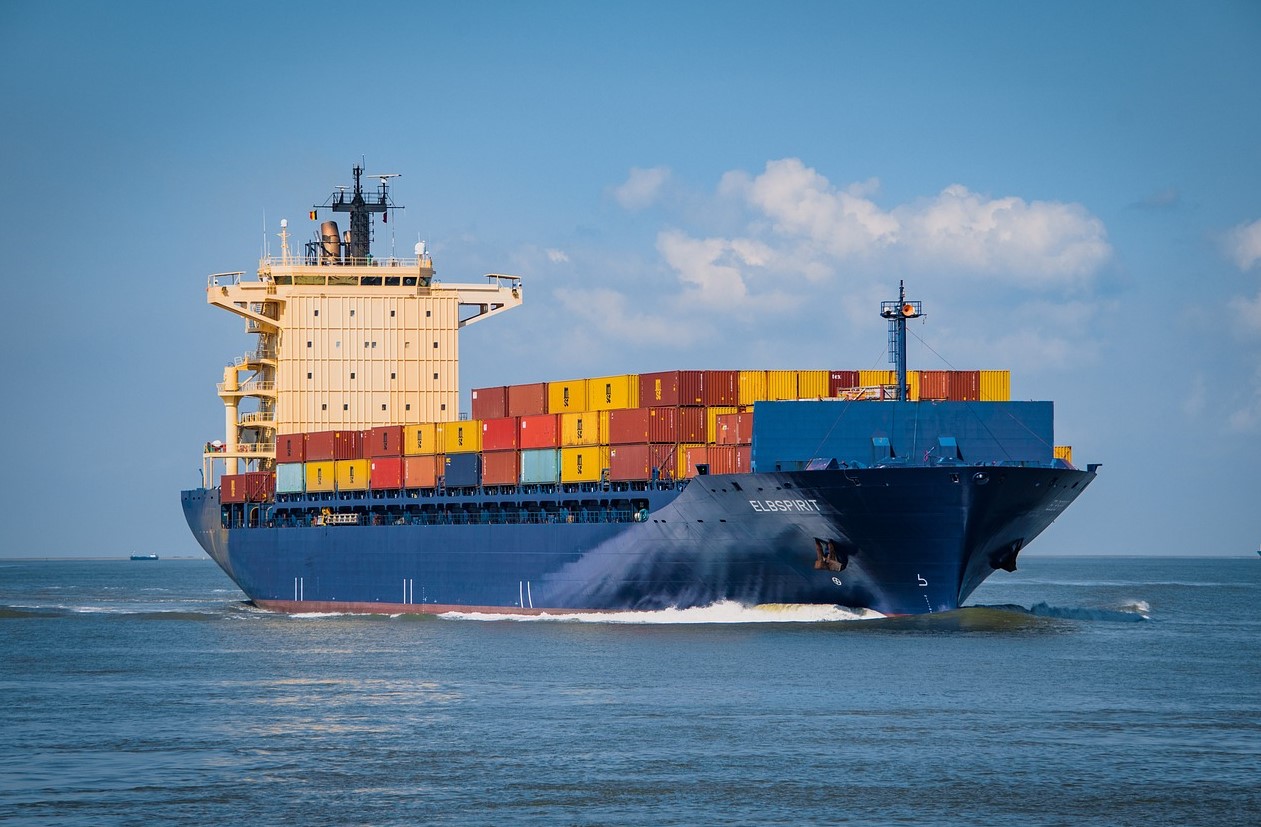Cathodic Protection Systems and How They Safeguard Marine Structures
Blog | November 17th, 2023
Get to know cathodic protection systems. Available at Wildon Engineering, explore their role in protecting marine structures in Australia. Call +61 3 9555 5277.
In marine engineering, protecting structures from the relentless forces of corrosion should always be prioritised. Saltwater, constant exposure to moisture, and harsh marine environments can all quickly lead to the deterioration of metal structures, which results in safety hazards and substantial maintenance costs. To combat this threat, cathodic protection systems must be utilised and applied.
Marine Setting’s Major Conditions
Marine structures like piers, docks, ships, oil platforms, and offshore wind farms are constantly exposed to a cocktail of corrosive elements. Saltwater, for one, is a formidable adversary to metal, promoting oxidation and rust. Additionally, the high humidity, fluctuating temperatures, and aggressive marine organisms further worsen corrosion. Without effective protection, these structures can quickly degrade, which leads to compromised safety and astronomical repair and replacement costs.
The Basics of Cathodic Protection
Cathodic protection is an electrochemical technique designed to prevent corrosion in metal structures by making them the cathode of an electrochemical cell.
Simply, it involves the use of sacrificial anodes or impressed current systems to neutralise the electrochemical reactions that lead to corrosion. This method essentially shifts the corrosion potential of the metal structures, rendering it immune to rust and deterioration.
Currently, there are two types of cathodic protection systems. They are galvanic and impressed current. The first type employs sacrificial anodes made of metals like zinc, aluminium, or magnesium. These anodes corrode sacrificially, protecting the structure they are connected to. The impressed current cathodic protection, alternatively, uses an external power source to generate a continuous electrical current that counteracts the corrosion process, making it ideal for larger and more complex structures.
Key Advantages and Applications
Cathodic protection systems are a game-changer in the world of marine engineering. They offer a variety of advantages. Some of them are as follows.
• Corrosion Prevention: By actively preventing corrosion, cathodic protection systems extend the lifespan of marine structures, reducing maintenance and replacement expenses.
• Safety Enhancement: Maintaining the structural integrity of marine assets is crucial for safety. Cathodic protection ensures that structures remain robust and reliable.
• Cost Savings: While the initial installation of cathodic protection systems represents an investment, the long-term cost savings in terms of maintenance and repairs are substantial.
• Environmental Protection: Cathodic protection prevents the release of hazardous substances from deteriorating structures into the marine ecosystem, contributing to environmental conservation.
All these advantages make them useful in the marine industry. Cathodic protection systems can be used to protect the submerged portions of ships from corrosion. They can also be maximised in offshore oil platforms, marine pipelines, and structures of docks and piers.
Cathodic protection systems, which are available at Wildon Engineering, serve as the unsung heroes of the marine engineering world. They provide an effective shield against the relentless forces of corrosion, ensuring the longevity, safety, and cost-effectiveness of marine structures. In an industry where resilience is essential, cathodic protection systems can help safeguard your marine assets and preserve the delicate balance of the oceans.
Optimized by NetwizardSEO.com.au
Recent Posts
- Yanmar Diesel Generators: Planned vs Predictive Maintenance Strategies for Remote Operations
- Mareflex SOLAS Marine Tapes: Safety Applications on Marine Vessels
- Yanmar Propulsion Systems: FPP vs CPP Propellers for 6EY and 6N Series Fuel Efficiency
- Mitsubishi K.K. Purifier Separator: The Key to Cleaner Fuel and Smoother Operations
- Kemel Air Seal Retrofits: Leak-Free Stern Tube Seals and Reduced Lube-Oil Risk
- Yanmar Auxiliary Generators: Sizing for Reefers, Hotel Loads, and Dynamic Positioning Systems
- Water Lubricated Stern Tube Bearing (EVR): Proven Technology for Smooth and Quiet Operations
- Marine Spare Parts Australia: Genuine Components for All Vessel Types
- Yanmar Diesel Generators – Powering Remote and Off-Grid Operations
- Authorised YANMAR Parts Supplier in Australia – Genuine Components Guaranteed
